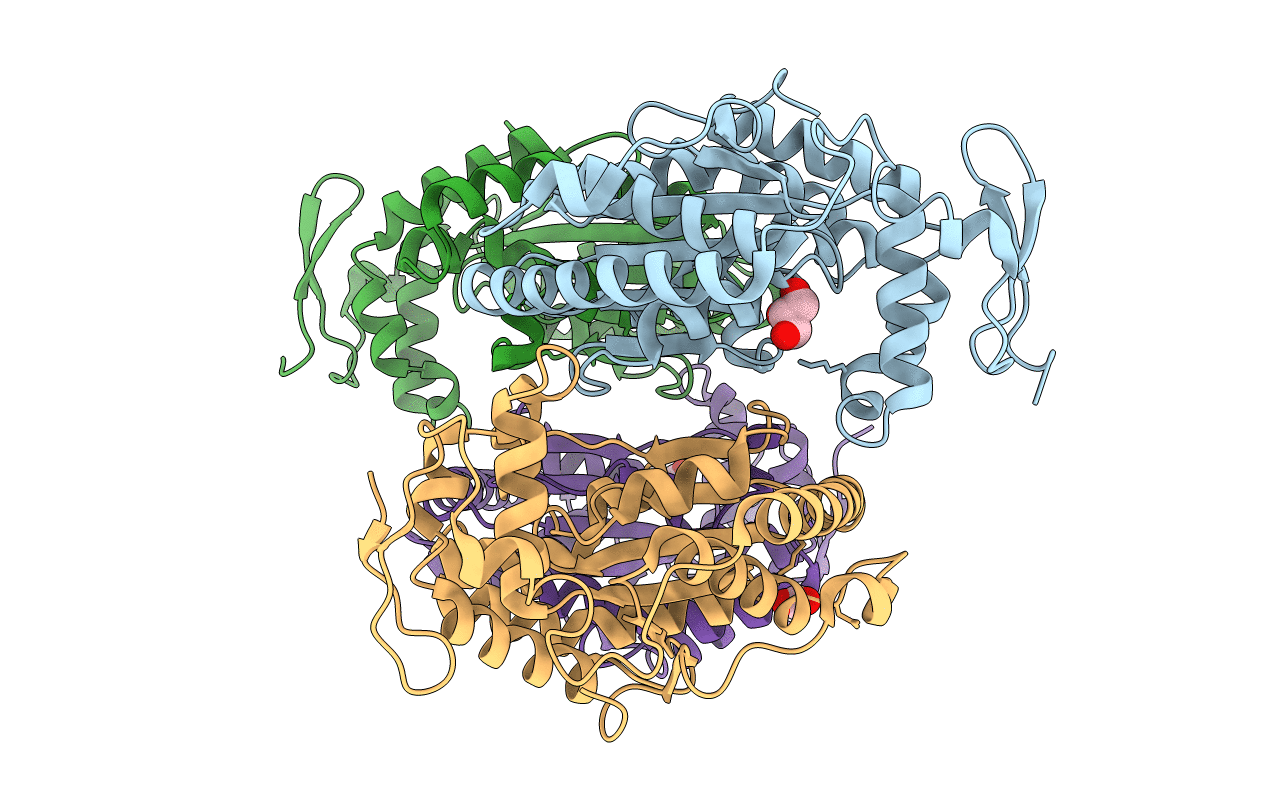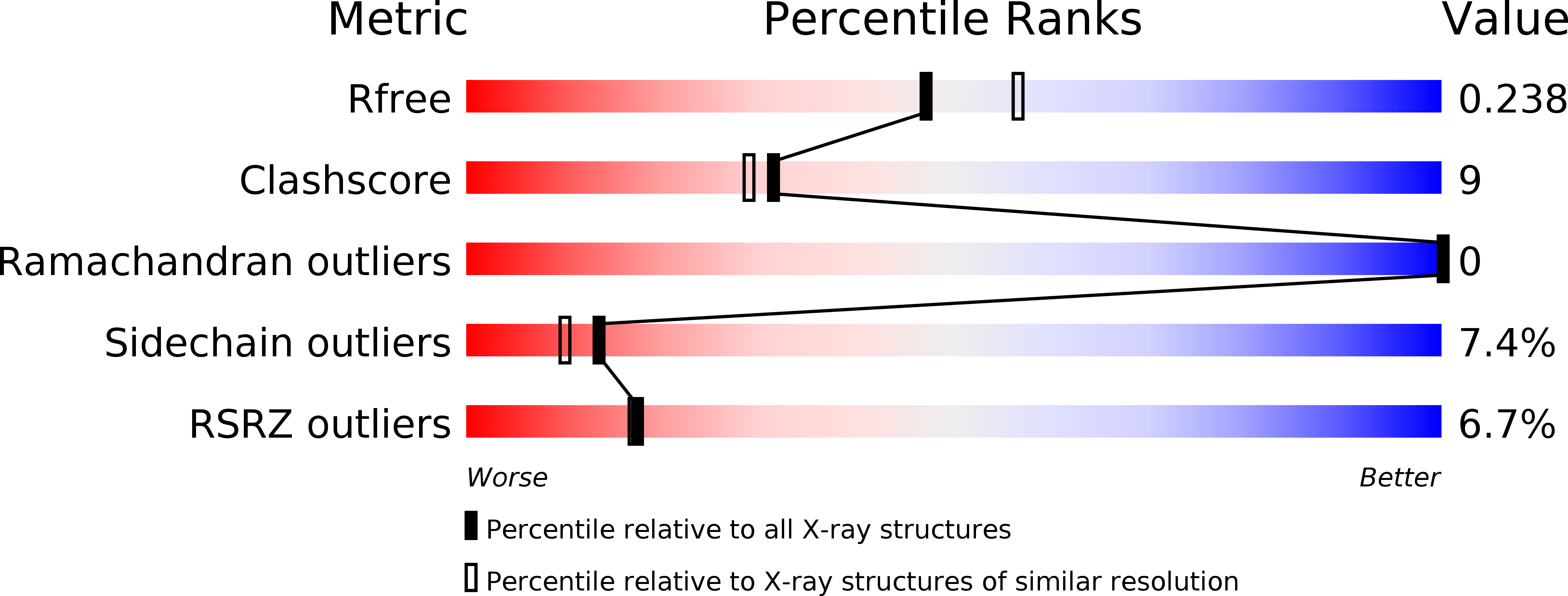
Deposition Date
2008-04-29
Release Date
2008-07-01
Last Version Date
2024-11-06
Entry Detail
PDB ID:
3CZQ
Keywords:
Title:
Crystal structure of putative polyphosphate kinase 2 from Sinorhizobium meliloti
Biological Source:
Source Organism:
Sinorhizobium meliloti (Taxon ID: 266834)
Host Organism:
Method Details:
Experimental Method:
Resolution:
2.23 Å
R-Value Free:
0.24
R-Value Work:
0.18
R-Value Observed:
0.18
Space Group:
P 1


